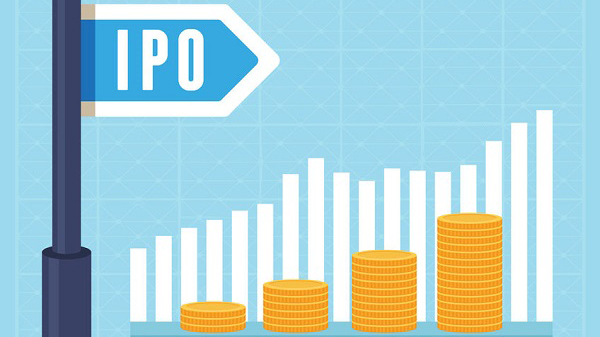“Cryptocurrencies” (also referred to as virtual assets or crypto assets) are not fiat currencies nor generally accepted as a means of payment in Hong Kong.
The prices of virtual assets can be incredibly volatile, though there is a type of cryptocurrency called “stablecoins” that claims to have mechanisms in place to maintain the price at a certain level. In the virtual asset space, stablecoins generally serve as a medium of exchange, and some even consider them as a safe haven during periods of market distress and also a way to generate returns.
Some investors may be under the impression that stablecoins are “stable” and provide some level of confidence as the name implies. However, they actually involve different kinds of risk. If the price stabilisation mechanism fails, causing the market and stablecoin holders to lose confidence, the price of stablecoins may plummet within a short period of time. Stablecoins may not be as stable as their name suggests.
Classification of stablecoins
There are different kinds of stablecoins in the market, which can broadly be grouped into two categories based on their price stabilisation mechanisms:
- Asset-backed stablecoins
The backing assets can be fiat currencies (e.g., U.S. dollar), commodities (e.g., gold) or other financial assets (e.g., bonds). Taking stablecoins that claim to be backed by the U.S. dollar as an example, to ensure the value of one stablecoin is equivalent to one U.S. dollar, the stablecoin issuer would publicly claim to hold one U.S. dollar or equivalent of asset for every stablecoin issued. If 100 million stablecoins are issued, in theory, the issuer should have US$100 million equivalent of asset as backing asset. - Algorithm-based stablecoins
Algorithm-based stablecoins generally adjust the supply of stablecoins through algorithms to maintain price stability. When the stablecoin price falls below the target level, a certain amount of stablecoins will be destroyed, reducing the supply to send the price upward until it returns to the target level. Conversely, when the price rises above the target level, the mechanism will increase the supply to bring the price down.
Major risks of stablecoins
As the stability of stablecoins largely relies on the price stabilisation mechanism, the effectiveness and credibility of the mechanism is of crucial importance. If a stablecoin is backed by assets, there are a number of considerations including: whether there are sufficient backing assets, if these assets are in safe custody and will not be appropriated, and if the financial information disclosed by the issuer is true and accurate. Tether (USDT), currently the biggest stablecoin by market capitalisation, has been repeatedly questioned for not having sufficient reserves, not providing transparent financial information disclosures and not using a professional third-party to audit its backing assets.
For algorithm-based stablecoins, although the supply of which is generally adjusted by algorithms, sufficient market demand is also needed to maintain price stability. If there is a large number of sell orders in the market, the price stabilisation mechanism may not come into effect, or may even become the target of attack. The funds behind a targeted attack may seek to unpeg the stablecoin through different means and profit from it. Terra UST, an algorithm-based stablecoin, and once the third biggest stablecoin, has recently been unpegged and its value had plummeted by nearly 90% in just a few days.
Just like other virtual assets, stablecoins are currently not regulated and there is no governance over its operations and disclosure requirements. As such, the price stabilisation mechanism of some stablecoins are not transparent. If the stablecoin price falls sharply due to unpegging, management issue of the issuer, or even incidences of frauds or winding up, stablecoin investors/holders may find it difficult to recover their losses.
Do not focus only on returns at the expense of risks
Some virtual asset platforms or apps offer high returns to attract people to place their stablecoins for lending or staking, the so-called “interest-earning”. For example, the annual rate of return of depositing Terra UST can be up to 20%. However, there is no such thing as a high-return, low-risk investments. The higher the potential returns, the higher the risks. In addition to the risks associated with stablecoins mentioned earlier, virtual asset platforms or apps may also be unregulated and, in the event of winding up or other issues arise, all invested assets may be wiped out completely. Investors are further reminded that if such platforms do not have a nexus with Hong Kong, Hong Kong regulators and law enforcing agencies may not have jurisdictions over them. In case of disputes, seeking recourse is likely to be difficult, while seeking compensations through legal means may not be feasible.
The virtual asset market is evolving quickly with frequent new product launches, which may involve complex operations and various hidden risks. Virtual assets are high-risk products that may not be suitable for everyone. Investors must conduct their own due diligence to thoroughly understand the product features and risks involved, as well as consider their investment objectives and risk tolerance, rather than having a singular focus on returns at the expense of risks.
17 June 2022





